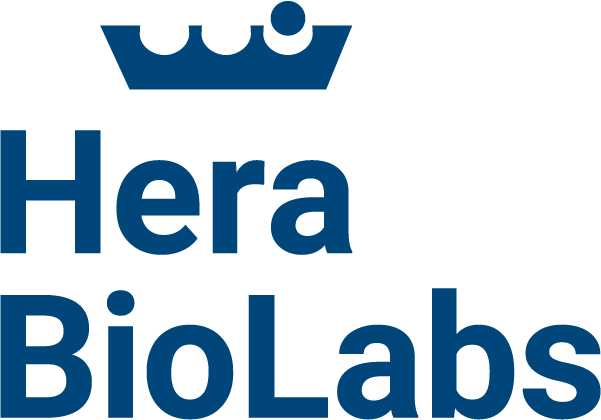The SRG Rat, an immunodeficient model for orthotopic glioblastoma, diffuse intrinsic pontine glioma (DIPG) PDX, and intracranial metastatic breast cancer PDX tumors
Read MoreComparative pathology of the SRG rat, an immunodeficient rat model for human xenograft and toxicology studies
Read MoreMetastasis from the tumor interior and necrotic core formation are regulated by breast cancer-derived angiopoietin-like 7
Read MoreIn vivo subcutaneous and orthotopic cancer xenograft modeling in the Sprague- Dawley Rag2 null Il2rgamma null SRG rat (OncoRat®)
Read MoreTargeting ribonucleotide reductase induces synthetic lethality in PP2A-deficient uterine serous carcinoma
Read MoreIn vivo imaging of ovarian and non-small cell lung cancer models hosted in the Sprague-Dawley Rag2 null Il2rgamma null SRG rat (OncoRat®)
Read MoreSprague-Dawley Rag2 null Il2rgamma null SRG rat (OncoRat®) has enhanced tumor microenvironment in human prostate cancer xenografts
Read MoreThe SRG OncoRat®; A Rag2/Il2rg double-knockout rat supports enhanced precision-medicine based cancer studies.
Read More
How the piggyBac® Transposon Sheds Light on Breast Cancer Drug Resistance
A new study has harnessed the power of the piggyBac transposon gene editing system to unravel key resistance mechanisms and propose a novel therapeutic strategy for breast cancer.
Read More
The MCF-7 Breast Cancer Model: A Definitive Guide
The Hera Biolabs Guide to the MCF-7 Breast Cancer Model - history, ongoing applications, and its future relevance to oncology studies.
Read More
Advantages of Utilizing the SRG rat for Investigating Tumor Metastasis
A Fred Hutch research team employed SRG rats as a model organism to improve the detection of dissemination events. Through this approach, they identified a significant increase in the abundance of circulating tumor cells (CTCs).
Read More
How Outsourcing to an Animal Model Provider Saves Resources for Disease Researchers
Researchers' best practices for sourcing animal models and a look at advantages of using an animal model provider like Hera BioLabs with on-site vivaria and in-house breeding programs.
Read More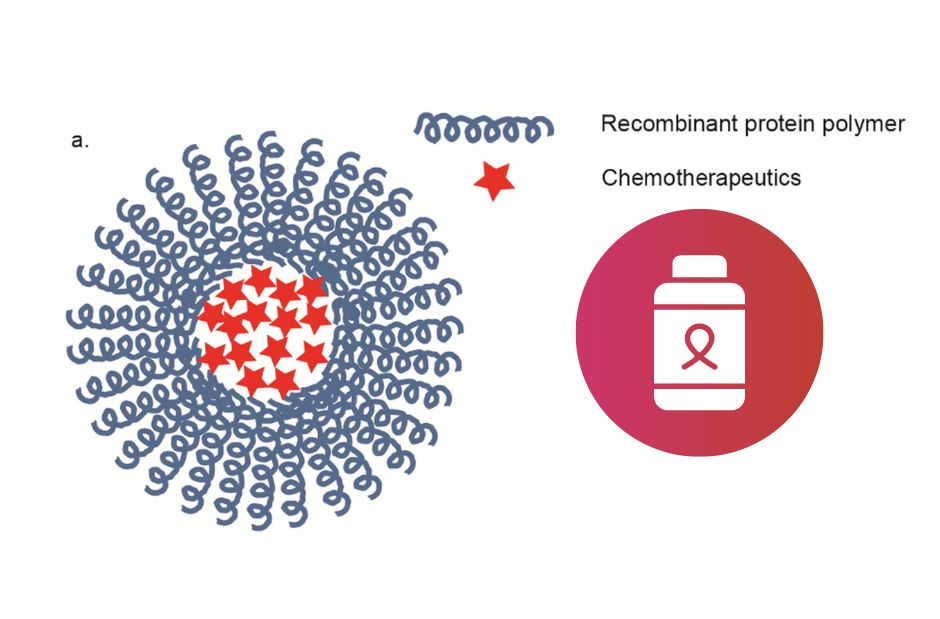
Addressing the limitations of chemotherapeutic drug delivery with engineered protein polymers
The standard care of treatment for many types of cancer and infectious diseases around the world is currently chemotherapy. However, chemotherapies are widely known to be linked to severe toxicity and resistance that develop mostly due to non-specificity, leading to overall disease progression.
Read More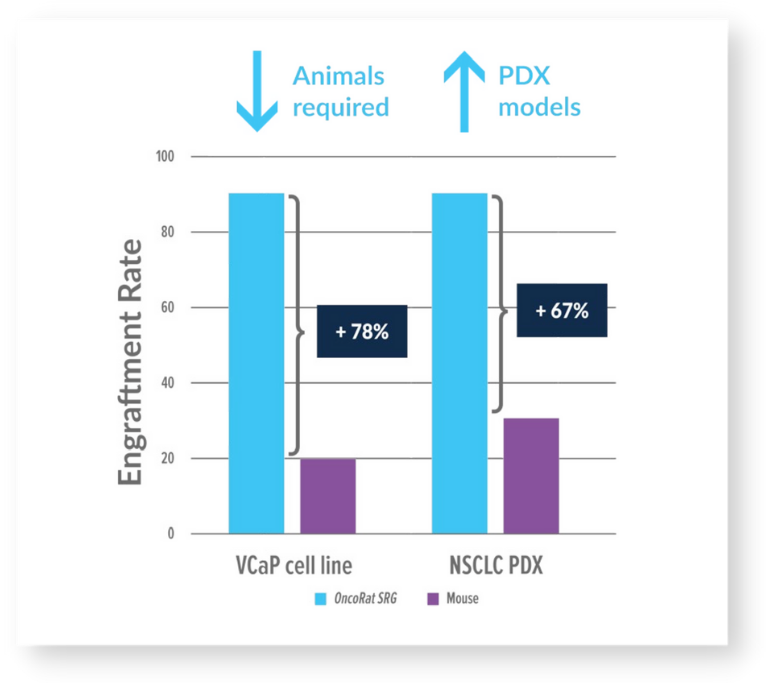
OncoRat SRG – Outperforming The Mouse For Xenografts
Data indicating that the OncoRat® is more effective in xenograft studies compared to leading mouse models.
Read More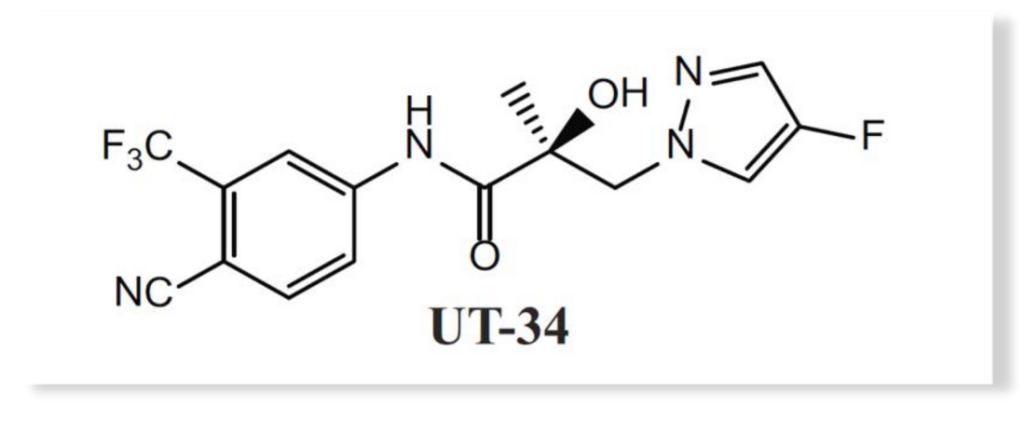
Improving Preclinical Anticancer Studies Using Rat Xenograft Model Systems
A case study showing that preclinical anticacancer studies can be vastly improved by using rats for xenografts.
Read More
SRG OncoRat , A SCID Model Ideal For Human Xenografts
A case study showing that preclinical anticacancer studies can be vastly improved by using rats for xenografts.
Read More
Orally Bioavailable Androgen Receptor Degrader, Potential Next-Generation Therapeutic for Enzalutamide-Resistant Prostate Cancer
Read More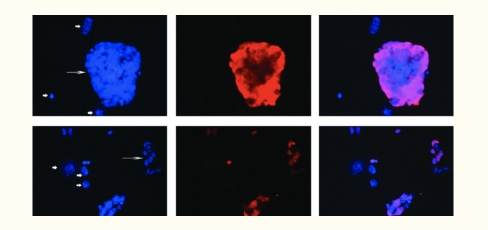
Sprague Dawley Rag2-Null Rats Created from Engineered Spermatogonial Stem Cells Are Immunodeficient and Permissive to Human Xenografts
Read More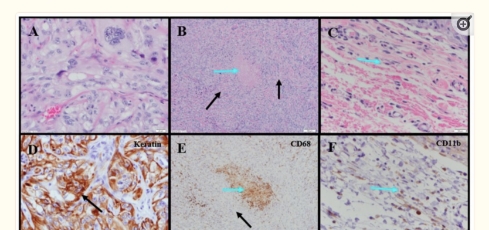
Local Injection of Submicron Particle Docetaxel is Associated with Tumor Eradication, Reduced Systemic Toxicity and an Immunologic Response in Uro-Oncologic Xenografts
Read More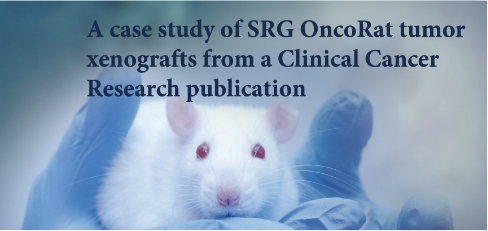
Improving Preclinical Anticancer Studies Using Rat Xenograft Model Systems
Read More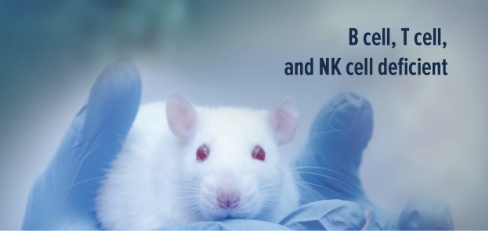
OncoRat® SRGTM Outperforming the mouse for xenografts
Read More
View Our Webinar On The OncoRat For Xenografts And PDX
Read More
Hera’s talk at Scientist.com on using the SRG rat for the 3Rs
Read More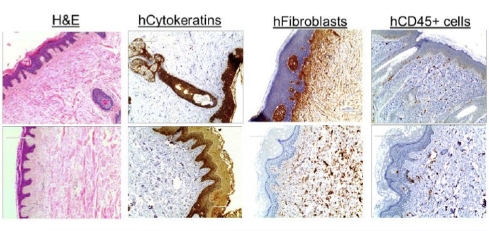
A Rag2/Il2rg double-knockout rat supports engraftment of human immune system for immunotherapy-based cancer efficacy studies
Read More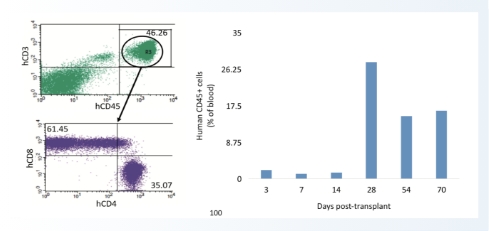
The SRG™ rat: A novel SCID rat for humanization studies
Read More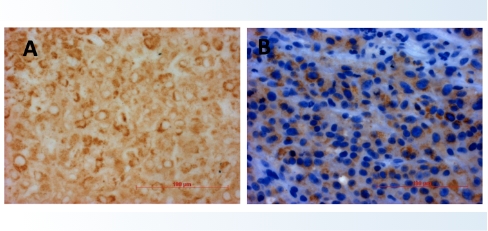
A Novel Immunodeficient Rat for Modeling Human Cancer
Read More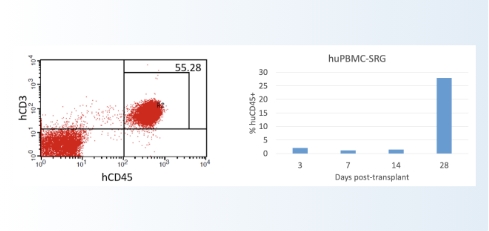
Novel immunodeficient rat models capable of supporting the growth of human tumor xenografts
Read More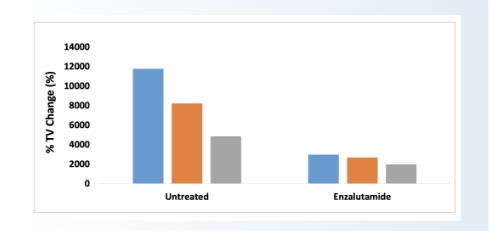
Novel immunodeficient rat models offers a unique platform for drug efficacy studies in human tumor xenografts
Read MoreOncoRat SRG – Outperforming The Mouse For Xenografts
Data indicating that the OncoRat® is more effective in xenograft studies compared to leading mouse models.
Read MoreImproving Preclinical Anticancer Studies Using Rat Xenograft Model Systems
Read More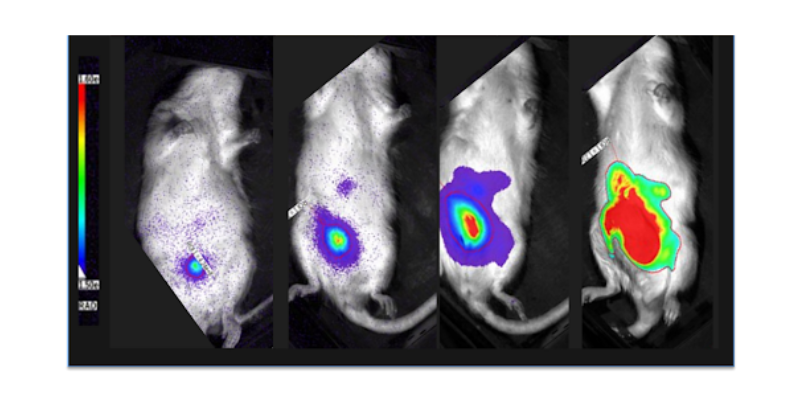
Hera BioLabs Offers In Vivo Bioluminescence Imaging For Pre-clinical Oncology
In vivo bioluminescent imaging in the SRGTM OncoRat® provides an ideal platform for de-risking your pipeline and developing life-saving pharmacotherapies.
Read More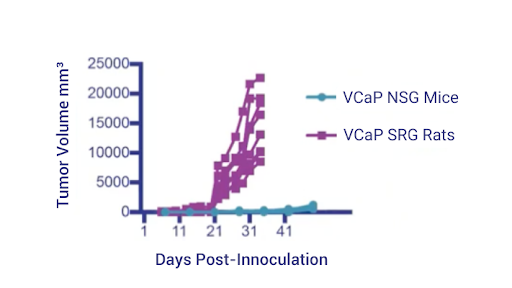
SRG™ Rat (OncoRat®) Enables Precision Medicine-Based Cancer Studies
Review of data showing high efficiency tumor take rates, growth kinetics, and successful precision medicine with difficult cell lines and PDXs
Read More
Cell Line Development
Hera Biolabs's Cas-CLOVER gene editing platform is ideal for CLD. It is easier to use than CRISPR with flexible and clear commercial terms. Send your CLD project to us to accelerate it and unburden your team.
Read More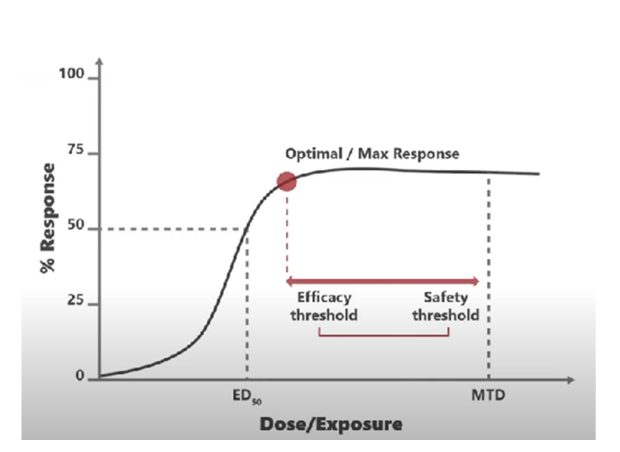
Acute Myeloid Leukemia MOLM13 And Optimus
The US FDA recently released Project Optimus, a guideline impacting clinical pipelines for acute myeloid leukemia therapy. Read our blog for more information.
Read More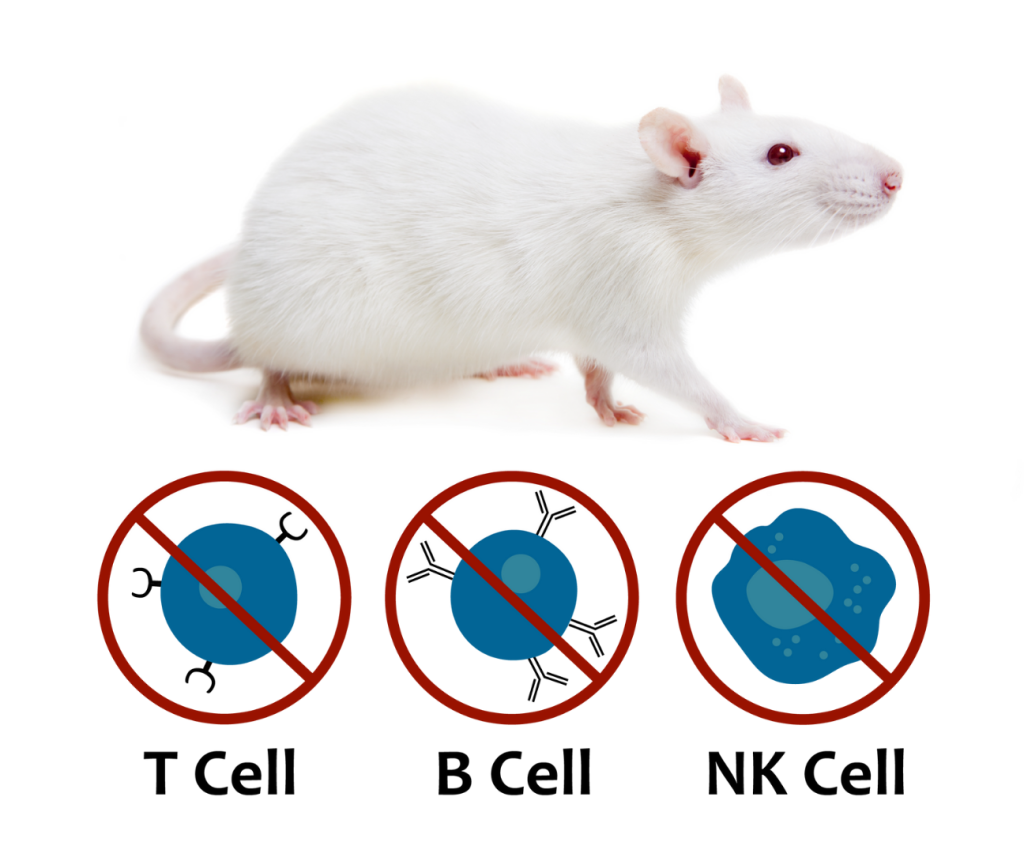
Hera BioLabs Announces Exclusive Global License with Charles River
Hera BioLabs, an innovative service and technology provider with novel genetic engineering products, has announced a collaboration with Charles River Laboratories, International Inc. for a global license agreement to commercialize Hera’s SRG rat (OncoRat®). The SRG rat is the first highly immunocompromised rat model, validated for xenograft studies in oncology and infectious disease research applications.
Read More
Rapid Creation of Bioluminescent Cell Lines for Orthotopic and Metastatic Rodent Oncology Studies
In vivo bioluminescent imaging in the SRGTM OncoRat® provides an ideal platform for de-risking your pipeline and developing life-saving pharmacotherapies.
Read More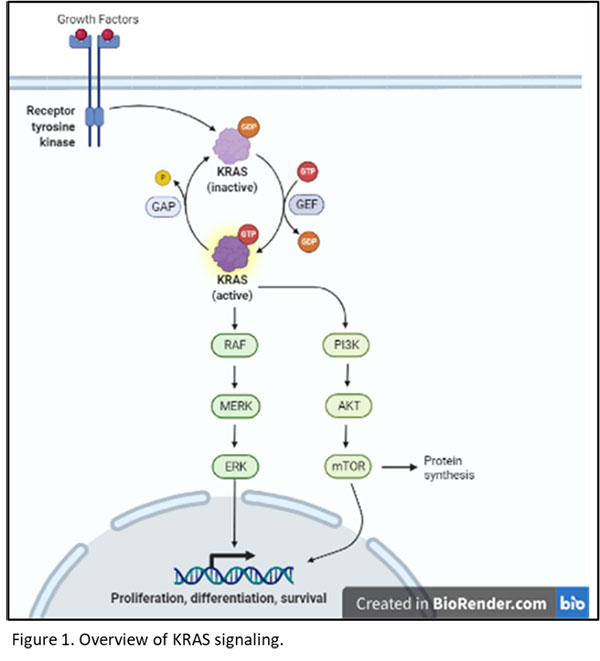
In Vivo Targeting Of Mutant KRAS Using Human Cancer Xenografts In The Immunodeficient SRG OncoRat®
Mutant human KRAS cell lines as xenografts are highly compatible with our SRG OncoRat animal research model
Read MoreHera’s Poster For American Association for Cancer Research (AACR) Annual Meeting 2021
Read MoreLocal Injection of Submicron Particle Docetaxel is Associated with Tumor Eradication, Reduced Systemic Toxicity and an Immunologic Response in Uro-Oncologic Xenografts. Maulhardt et al
Read MoreOrally -Bioavailable Androgen Receptor Degrader, Potential Next-Generation Therapeutic for Enzalutamide-Resistant Prostate Cancer. Ponnusamy and Narayana et al
Read MoreA 2019 Clinical Cancer Research Paper Review: Improving Preclinical Anticancer Studies Using Rat Xenograft Model Systems
A case study showing that preclinical anticacancer studies can be vastly improved by using rats for xenografts.
Read MoreOvercoming translational barriers by using the SRG Rat: case studies with the OncoRat®
Read More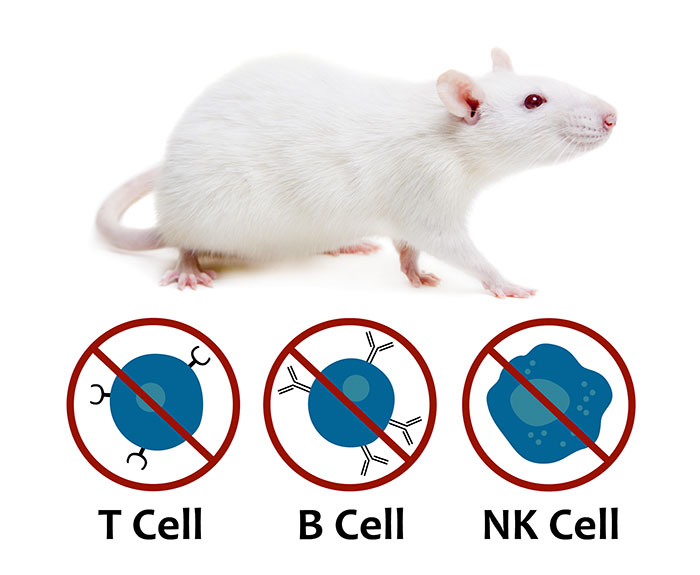
Fine Needle Aspirate Serial Tumor Sampling Services To Boost Your Xenograft Study Capabilities
Hera has full coverage on licensed technologies and is the first toxicology CRO focused on providing better predictability and sensitivity through genome editing technologies.
Read More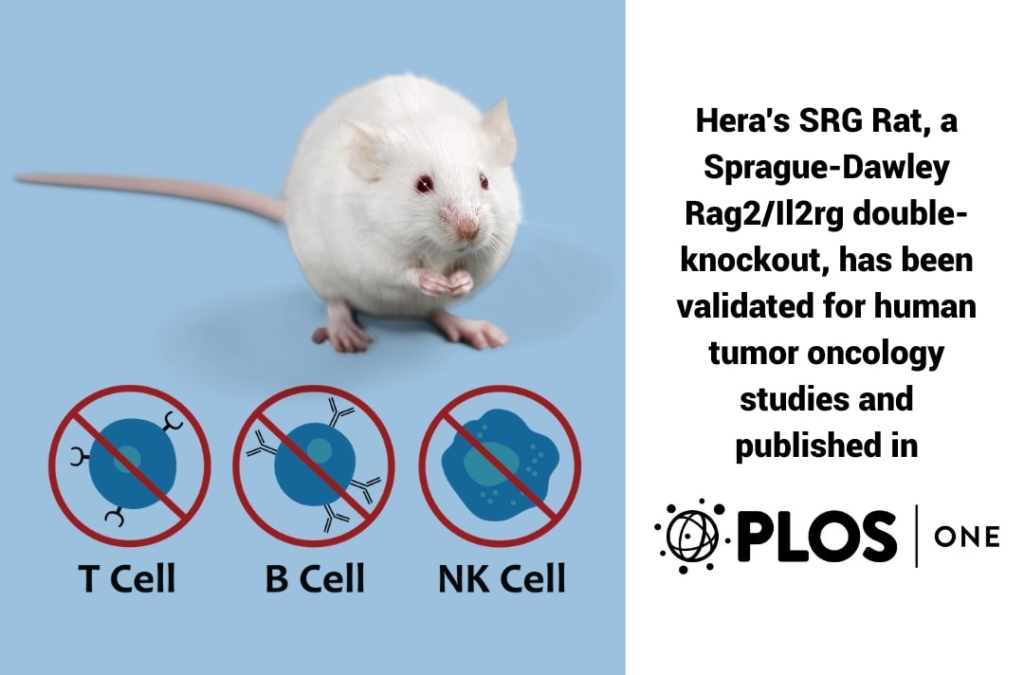
Validation Of The SRG Rat For Human Tumor Studies Published In PLOS ONE
Hera has full coverage on licensed technologies and is the first toxicology CRO focused on providing better predictability and sensitivity through genome editing technologies.
Read MoreThe SRG rat, a Sprague-Dawley Rag2/Il2rg double-knockout validated for human tumor oncology studies
Read More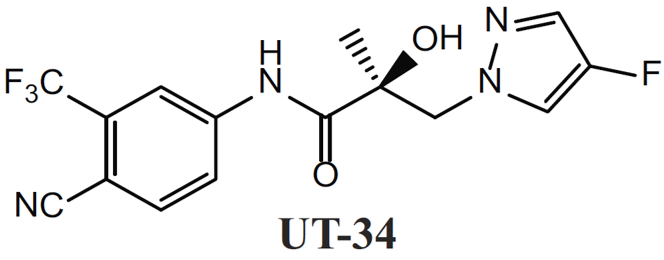
OncoRat® Featured In Clinical Cancer Research For Prostate Cancer Studies
Hera piloted VCaP xenografts, validated/assessed engraftment efficacy, and delivered rat xenograft models for both parental VCaP and MDVR.
Read More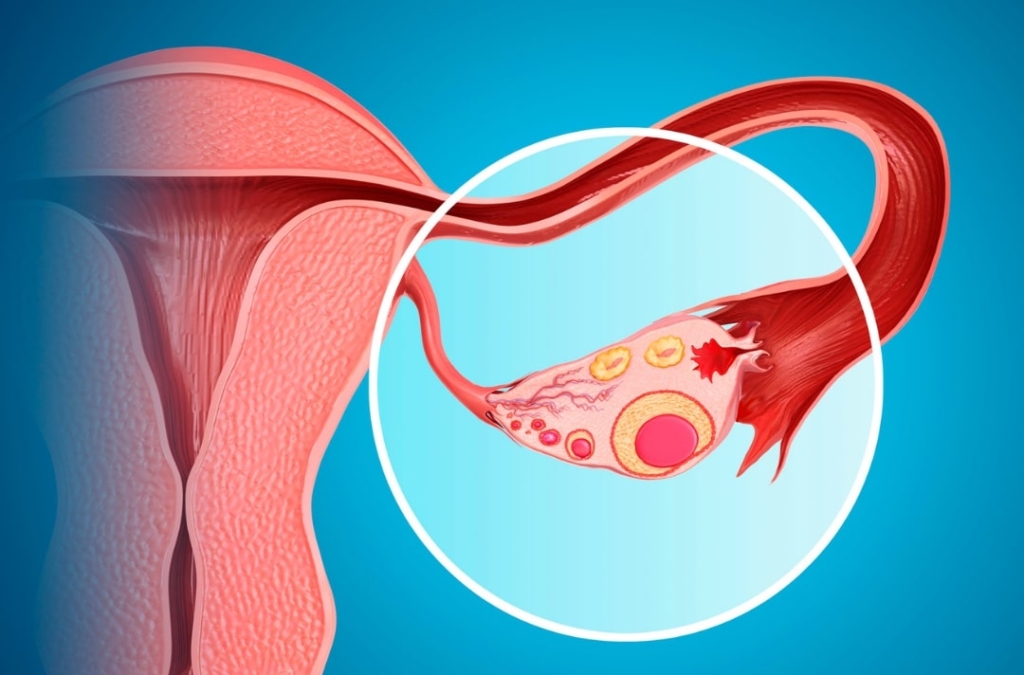
The OncoRat® Is The Ideal Host For Patient-Derived Xenografts Of Ovarian Cancer Cells
Advances in cytotoxic, platinum-based chemotherapeutics combined with tumor resection surgery allows approximately 80% of these patients to achieve remission.
Read More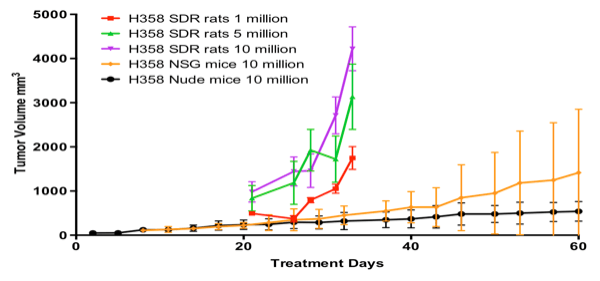
H358 NSCLC Xenografts In Humanized Rats: The Ideal In Vivo Model For Studying KRAS Mutations
Improved in vivo xenograft models using H358 may be valuable for preclinical studies examining KRAS-targeting agents or drug combinations.
Read More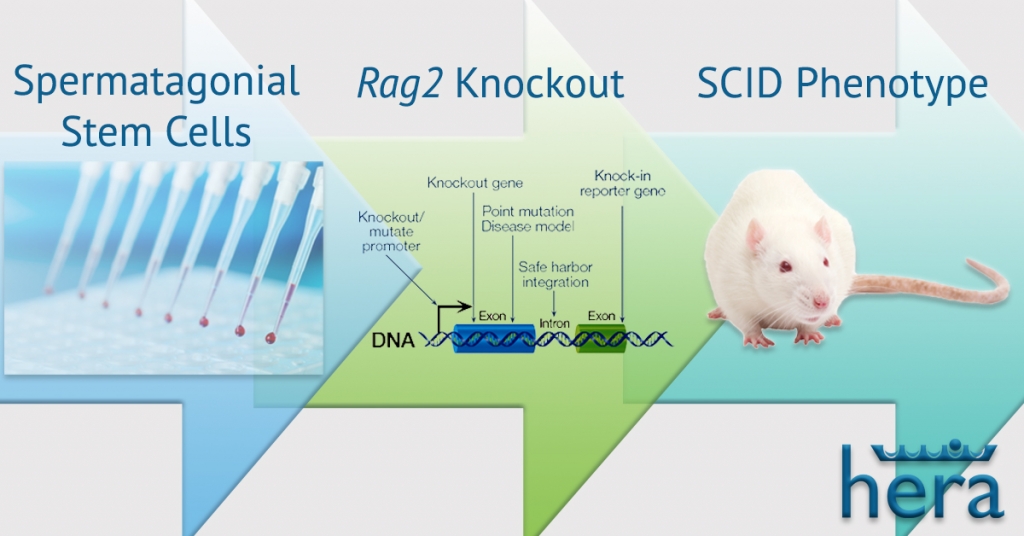
Hera Biolabs Announces Molecular Cancer Therapeutics Publication On Immunodeficient Rats For Oncology Research
Hera Biolabs, the University of Michigan, Case Western Reverse University and other collaborators are announcing a recent publication in the American Association for Cancer Research (AACR) journal, Molecular Cancer Therapeutics, entitled, "Sprague Dawley Rag2-null rats created from engineered spermatogonial stem cells are immunodeficient and permissive to human xenografts."
Read More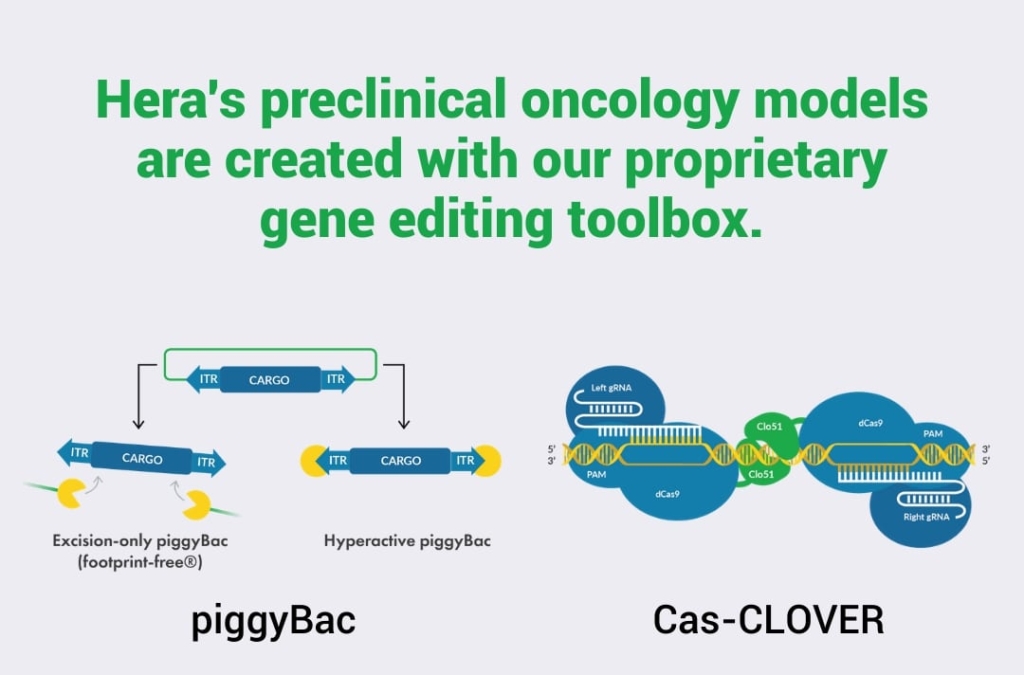
Breakthroughs In Gene Editing Allow For The Creation Of Superior Preclinical Oncology Models
Hera Biolabs has used its proprietary gene editing technologies to develop ideal rat models for use in pre-clinical oncology research by oncology CROs.
Read More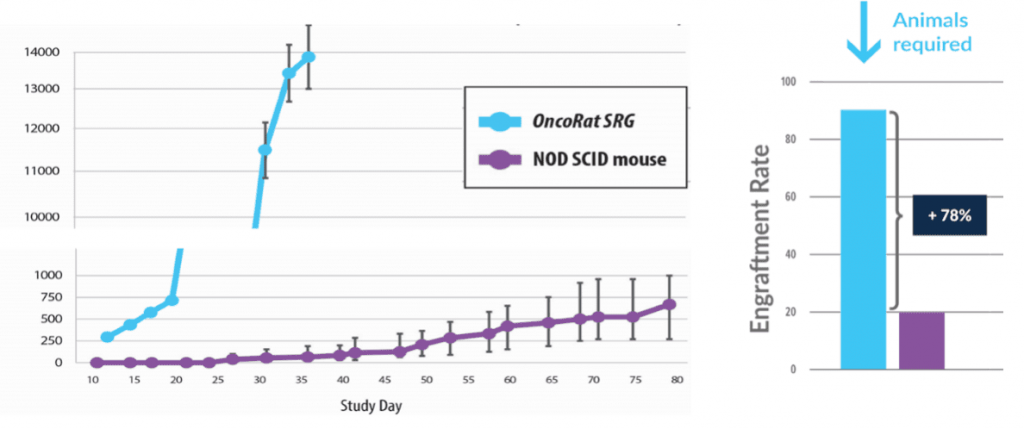
The OncoRat®: Hosting Valuable Tumor Xenograft Models That Are Difficult Or Impossible To Study Using In Vitro Or Mouse Models
Xenograft models are an imperative preclinical model for understanding the role of specific oncogenic drivers, tumor suppressor losses, and homogenous cancer cells.
Read More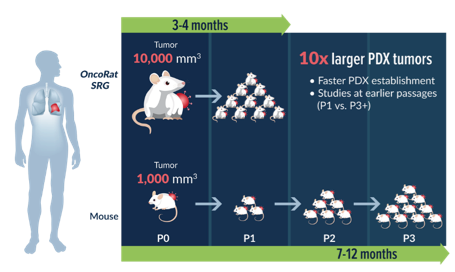
Patient Derived Xenograft Studies From Wider Varieties Of Patient Sub-Populations Promise Improved Clinical Trial Selection And Design
Around 85% of preclinical drugs entering clinical trials in oncology never make it past Phase 1 because they fail to demonstrate sufficient efficacy due to testing in unselected patient populations. Many of these failed agents are targeted therapies, meaning that they target specific oncogenic driver mutations.
Read More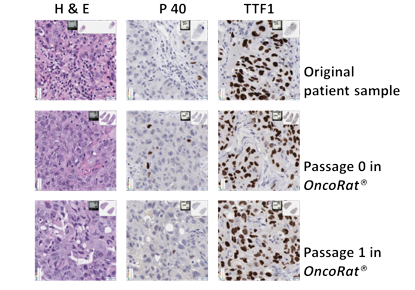
OncoRat® PDX Models Highlighted In Drug Discovery News (DDN) Special Report On Cancer: Aiming For Avatars
While advances in in-vitro platforms have allowed researchers to better visually monitor a variety of aspects of tumor biology, a significant limitation of 3D cultured models for patient therapeutic monitoring or “patient avatars” is the lack of important components, such as the influence of surrounding tissues and potential cell-to-cell interactions, when studying cancer progression, treatment responses and outcomes.
Read MoreUsing Patient Derived Xenografts To Improve Therapeutic Cancer Treatments
An understanding of human tumors has created a solid foundation for the creation of new anti-cancer treatments (many of which involve antineoplastic compounds).
Read MorePatient Derived Xenografts Possess Significant Advantages In The Study Of Urological Tumors
For researchers to model this complexity ongoing studies involving PDX murine models continuously show advantages when compared to the conventional CDX mice.
Read MorePDX Models of Lung Cancer Closely Mimic Characteristics Of Patient Primary Tumors
High throughput screening strategy, using larger PDX models, may be helpful in identifying broader responses to novel therapeutics in a pre-clinical setting.
Read More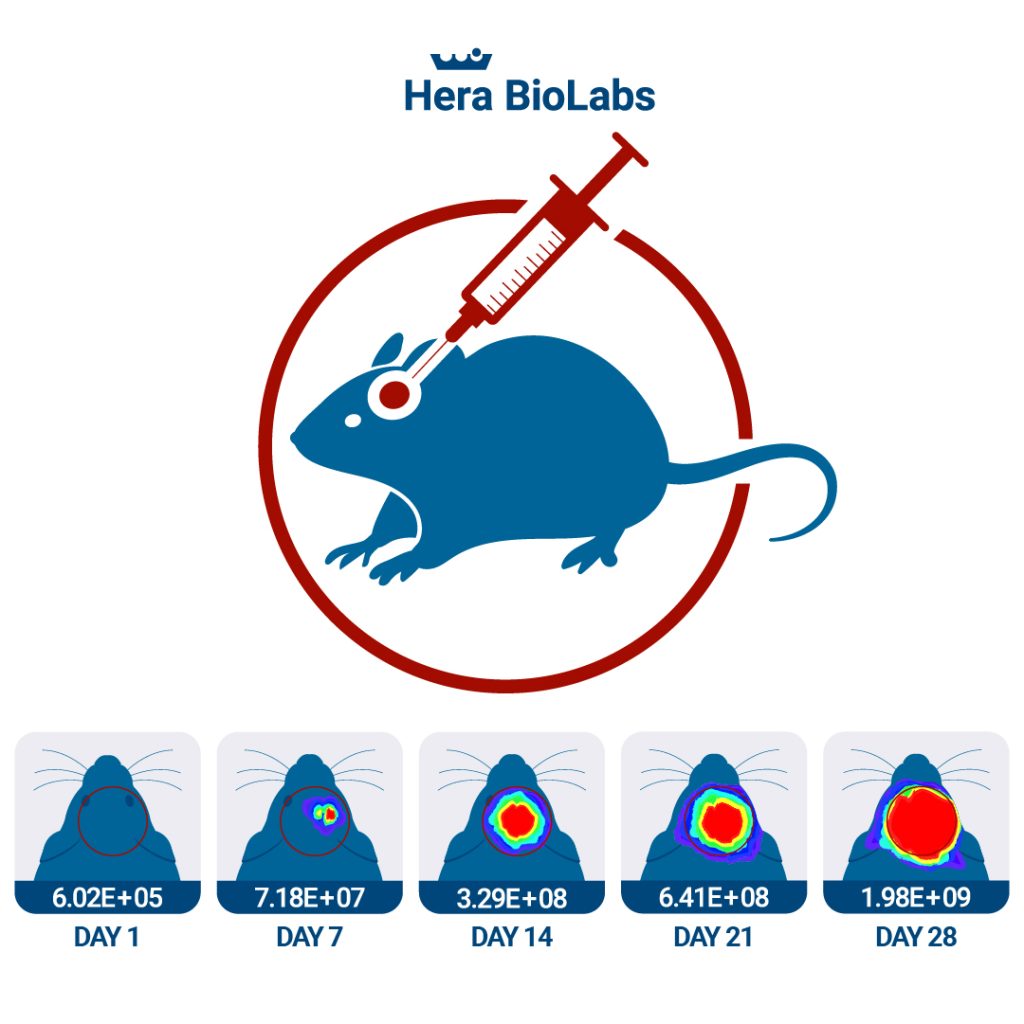
Orthotopic vs. Subcutaneous Xenograft Models of Human Cancer
Orthotopic xenograft models seem to more closely mimic the tumor micro-environment and metastases as observed in human prostate cancer patients according to Journal of Cellular Biochemistry.
Read MoreHumanized Mouse Xenograft Models: The Best Of Both Worlds
Immunized mice allowed for researchers to examine cancer xenograft growth in the context of a human-like immune system and resulting tumor microenvironment.
Read MoreXenograft Rat Models Give Hope To New Therapeutic Treatments For Leukemia
There is significant preclinical rational for clinical investigation of pharmacologic DOT1L inhibitors for DNMT3A-mutant leukemia (AML).
Read More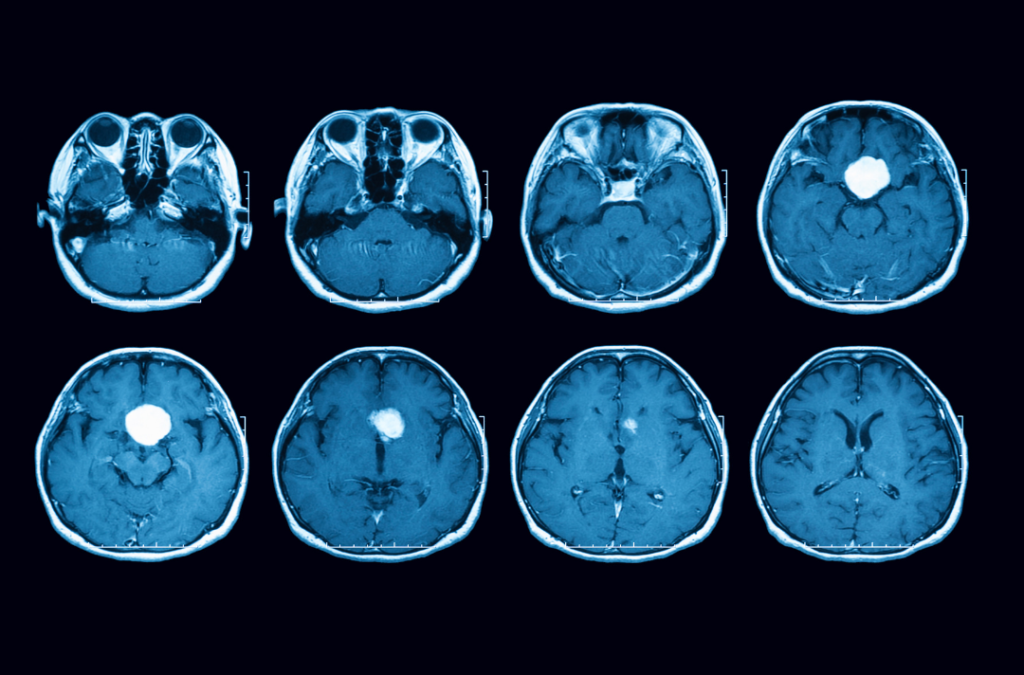
Advancements In Stem Cell-Based Therapies For Malignant Brain Tumors
MSCs, particularly human adipose-derived mesenchymal stem cells (hAMSCs), have great potential as brain tumor-targeting carriers of drug therapies.
Read MoreNew Transgenic Rat Models Offer Superior Representation Of Human Cancers
Utilizing embryonic injection of CRISPR, rodent models with spontaneous gene mutations can be created on most strains, leading to faster transgenic model creation timelines.
Read MoreCould Xenograft Rats Be The Future of Leukemia Research?
In-vivo imaging techniques will be able to monitor and evaluate the efficacy of preclinical therapies with hopes of a cure for leukemia and other cancers.
Read More